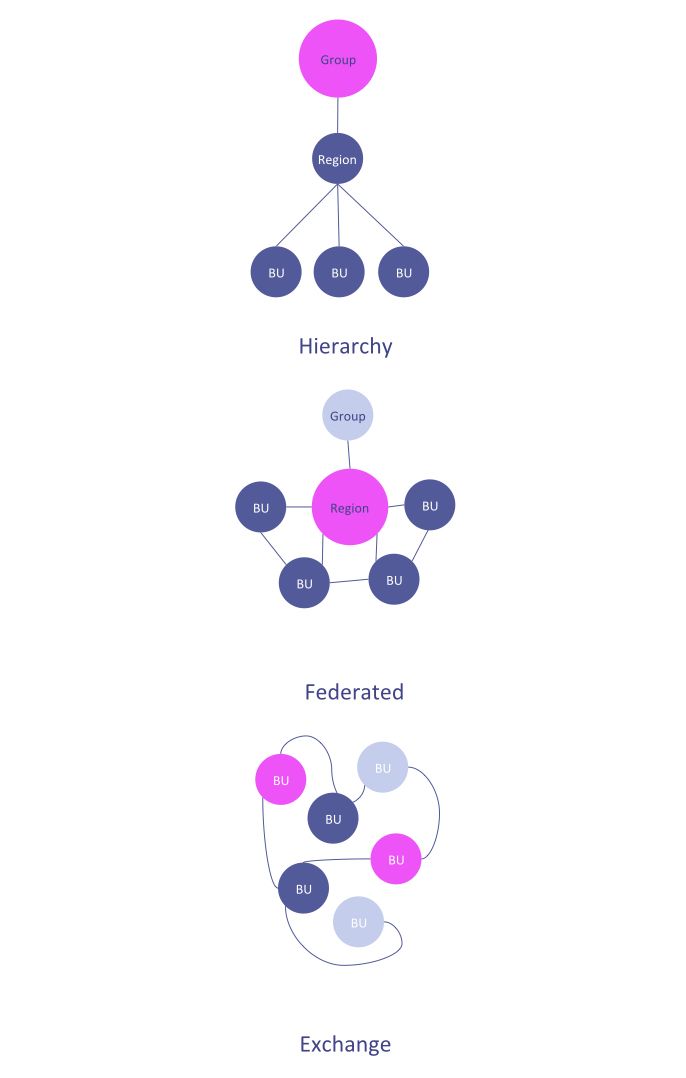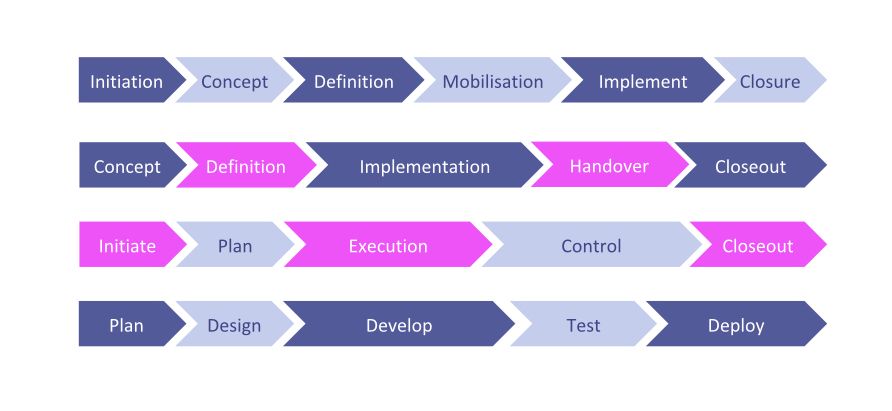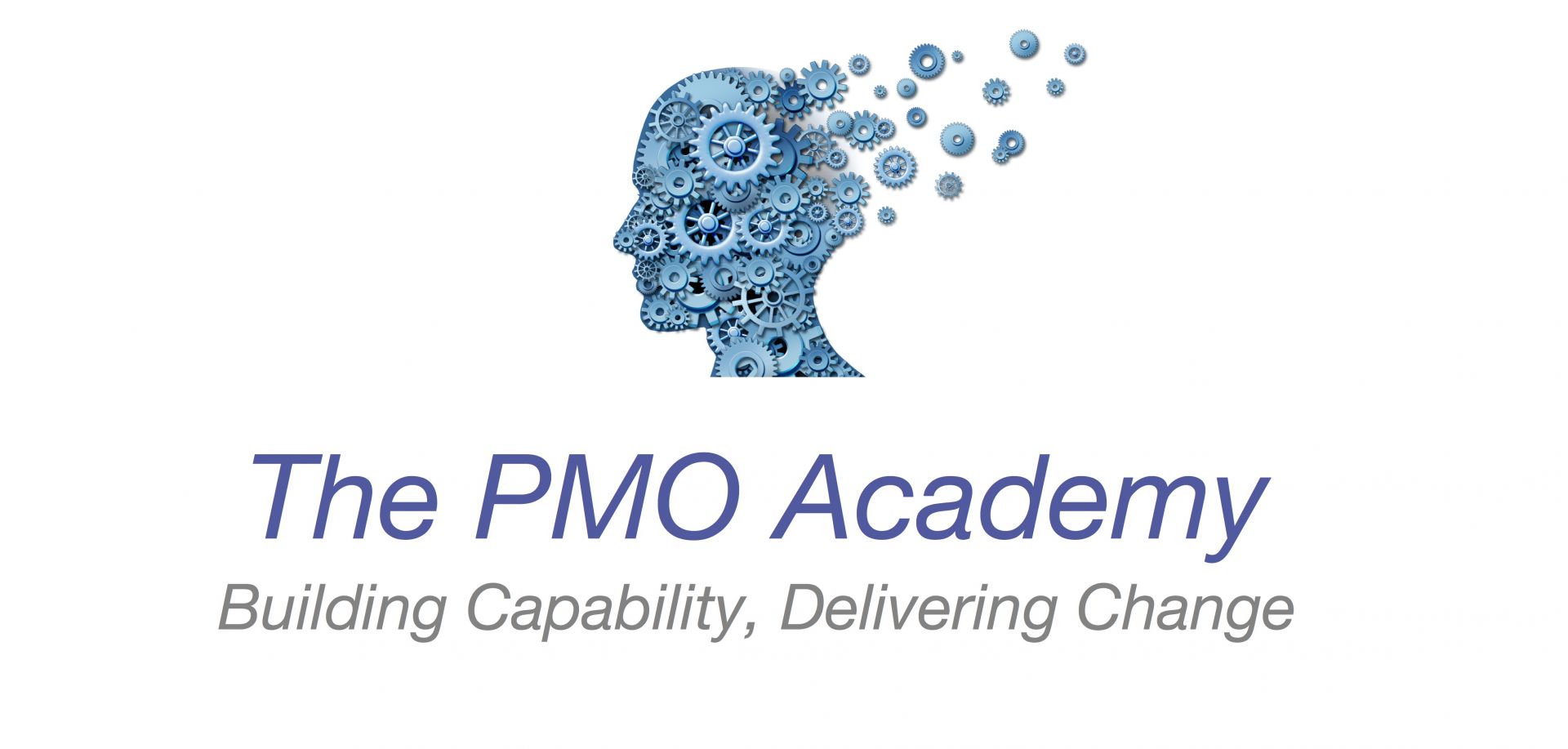Navigating Corporate Culture

Company Culture - Understanding the Organisation
The third of our cultural dimensions, and one that is often overlooked, is the impact of corporate culture on our projects.
Some organisations are very hierarchical in nature, and decisions get made through a strictly defined process. Others are more federated, where each entity operates autonomously, with only a “light touch control” from the head office.
Other companies may have no traditional strict structure at all, and act more like an idea exchange (think of start-up’s, co-labs), or, as is becoming increasingly common in digital-first companies, open platform/self managing organisations.

What is critically important for international Project Managers to understand is the relationship between organisational entities - local business units, regional centres and group headquarters, so that they can effectively identify and manage the right stakeholders.
As part of stakeholder analysis, international Project Managers need to know:
As part of stakeholder analysis, international Project Managers need to know:
- How decisions are made within the organisation, and where to get formal and informal approvals for project decisions. For example, whilst on paper the only person who can approve a project's business case may be the Chief Executive, in practice it may be the case that the CEO devolves this decision making to the Project Sponsor with the CEO simply rubber stamping the decision. Understanding this decision making and approval process will enable the project manager to create an effective governance structure for the project
- The level of autonomy within the organisation. There is no point in building strict formal governance models for an organisation that is used to being autonomous !
- How work gets done and who does the work - the organisation chart doesn’t always give the right answer. Don't assume that seniority equals subject matter expertise! In some cases, relatively junior people are the subject matter experts or have the trust of the rest of the team. Knowing these relationships will help the project manager design a more effective project structure
- How people in the organisation communicate with each other. Find out if project team member and other stakeholders are used to receiving formal directives, if they prefer large open forums or small, dynamic workshops, and use this to manage project communications.

Same but Different
Another feature of cross border projects is trying to manage across different project lifecycles and different levels of project management maturity.
This diagram shows just 4 of the multiple project lifecycles that I encountered in one regional project - and each country had a different definition of each stage with separate governance models! As project management maturity increased across countries, their lifecycle and governance models became more sophisticated. So where do you standardise on a big global programme?
Given typically tight project deadlines, it is rarely practical to move everyone to one methodology, and forcing the “group “ methodology on everyone is a major project in its own right - just ask why it hasn’t been done in the organisation before!
Another feature of cross border projects is trying to manage across different project lifecycles and different levels of project management maturity.
This diagram shows just 4 of the multiple project lifecycles that I encountered in one regional project - and each country had a different definition of each stage with separate governance models! As project management maturity increased across countries, their lifecycle and governance models became more sophisticated. So where do you standardise on a big global programme?
Given typically tight project deadlines, it is rarely practical to move everyone to one methodology, and forcing the “group “ methodology on everyone is a major project in its own right - just ask why it hasn’t been done in the organisation before!
Standardise what matters
So whilst standardising the methodology is not in your project’s scope, there are some things you must standardise for the duration of the project
So whilst standardising the methodology is not in your project’s scope, there are some things you must standardise for the duration of the project
- Financial Control – make sure you understand the resource rates, foreign exchange rates and tax rates and ensure all workstreams are using them consistently. We’ve lost weeks on projects because teams in two different countries had different assumptions on the financials which led to very intensive and unwanted senior management scrutiny!
- Estimating standards – this is always a challenge! How many working days per month do you use in the project calendar for estimating purposes? Which countries’ labour rules are built into your planning templates? Those with maximum working days arrangements? Or those where work gets done regardless of contractual working hours? Again, identify the right estimating bases and make sure people understand them.

On a similar note, be sure to account for all national holidays for all regions in scope in the project plan calendar at the start of the project. For example, in many Asian countries, it is not possible to schedule work, decisions or sign offs during Chinese New Year. If your project also includes western countries, there is limited capacity for scheduling any work across the Christmas and New Year periods. That means a minimum of three weeks available time is potentially lost to any Asia based project crossing the year end.
- Tolerances - for projects using a “traffic lights” system to report on key metrics i.e. Red, Amber, Green, be sure to specify what Red, Amber and Green actually means. Is a ‘Red” issue in the UK as serious as a “Red” issue in Hong Kong? Does everyone understand what triggers project finances to move from “Green” to “Amber”? A simple tolerance matrix clearly communicated across the project is a simple way to resolve this challenge
- Status reporting - at the best of times, it is hard to get an accurate picture of project status. Some cultures (national, organisational) encourage “telling it like it is”. If a project is slipping, knowing about it earlier is a positive, not a negative message. In some cultures, saying that a project is behind is not at all acceptable. In this situation, it is not uncommon to see status reports changed from “Red” to “Green” as it is not seen to be acceptable for a project to be reporting a problem! As a project manager, you have the responsibility to set the tone and expectations for status reporting across your project community, from the senior executives, to the workstream leads and the PMO.
Right from the Start - Summing up our series on Managing International Projects
So with big international projects, you need to get it right from the start. Do your homework on the cultures – all 4 dimensions – involved and work out a delivery strategy accordingly.
Identify those people who have worked in international projects and get them to share what worked for them.
Understand what is different, and how you might need to change your style to be effective in another country.
Seek out similarities and encourage collaboration, and learn from the experience.
And always, always – hold a kick off meeting or project mobilisation workshop whatever you like to call it – and get teams to share their 4 dimensions of culture up front so that everyone has a better understanding of how their colleagues work
Identify those people who have worked in international projects and get them to share what worked for them.
Understand what is different, and how you might need to change your style to be effective in another country.
Seek out similarities and encourage collaboration, and learn from the experience.
And always, always – hold a kick off meeting or project mobilisation workshop whatever you like to call it – and get teams to share their 4 dimensions of culture up front so that everyone has a better understanding of how their colleagues work


